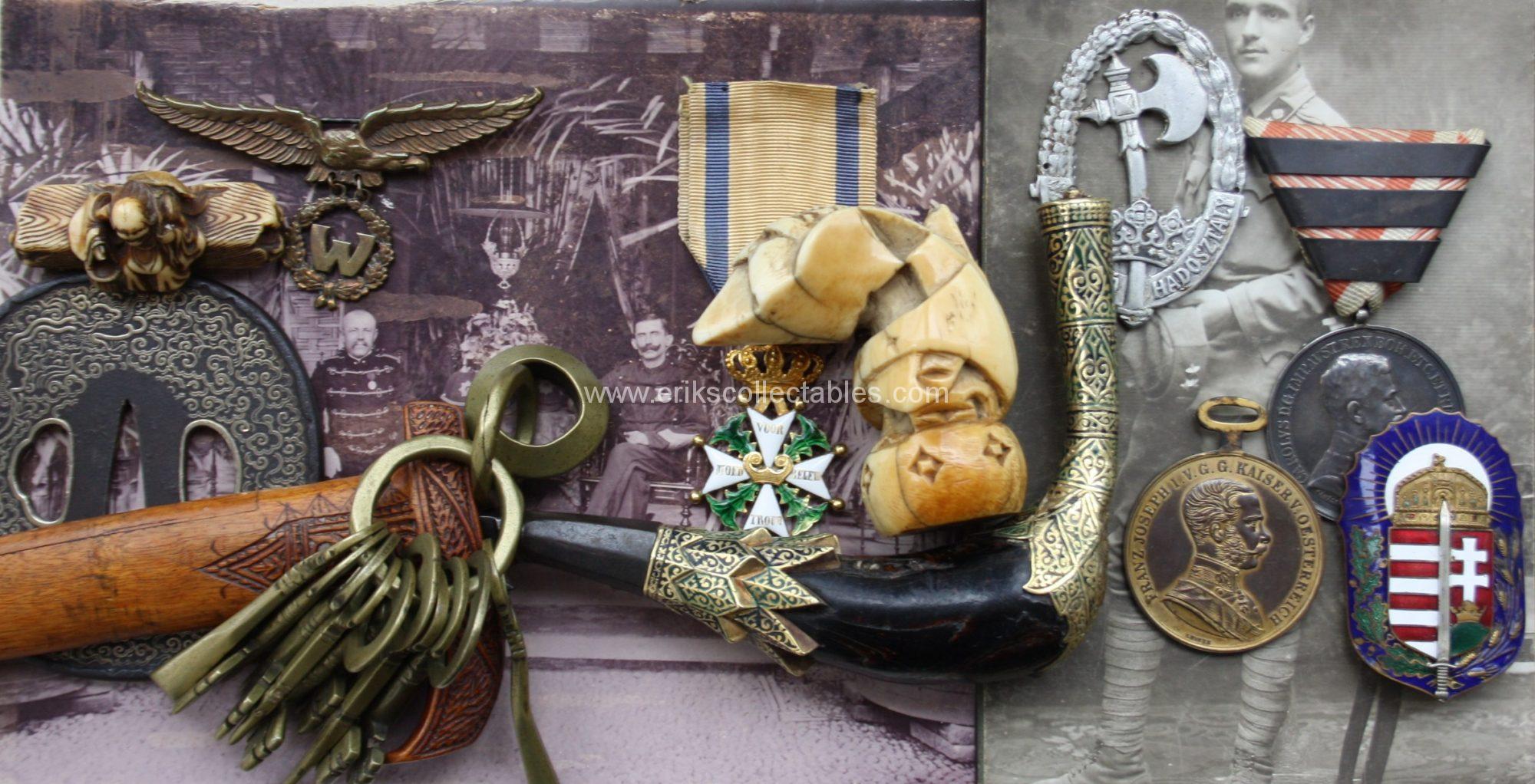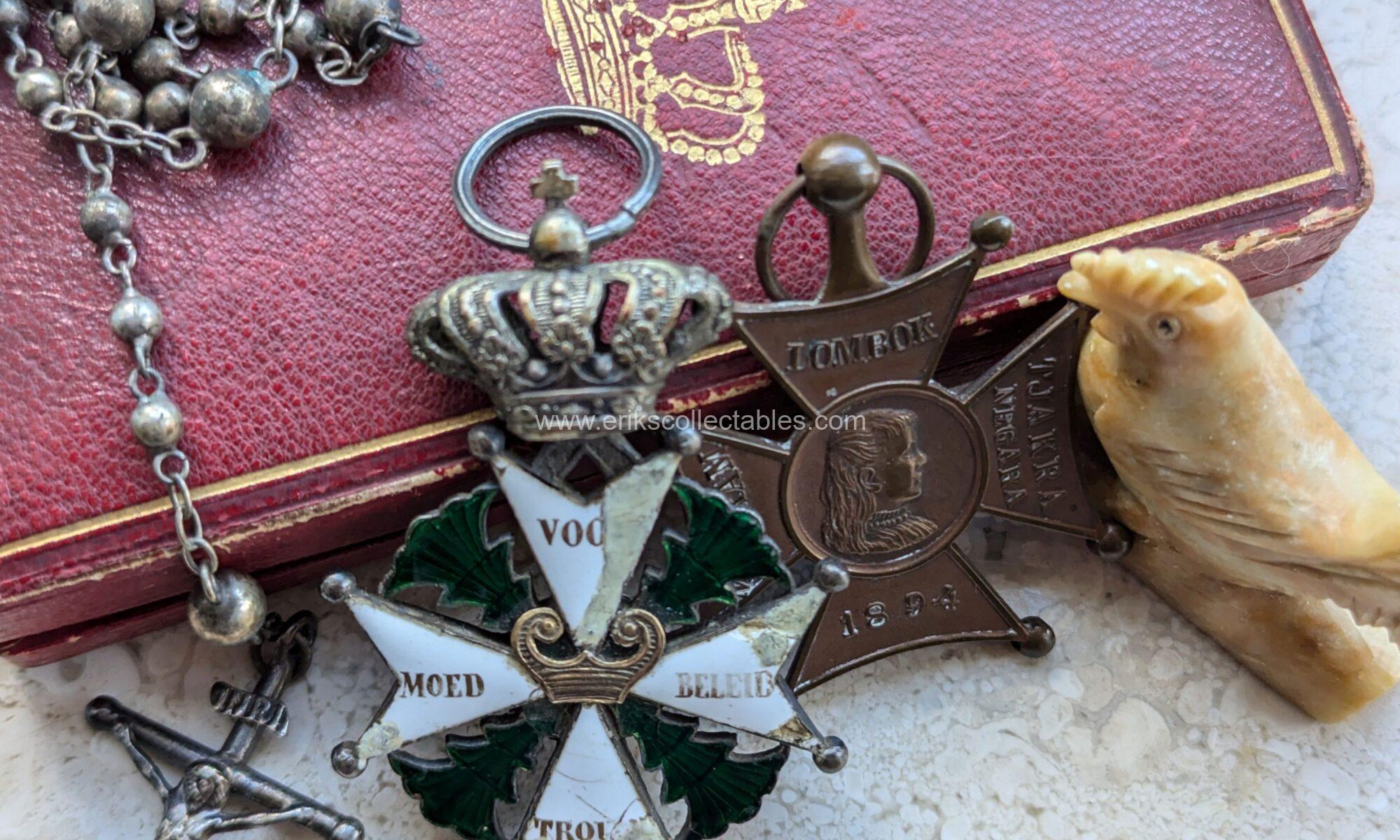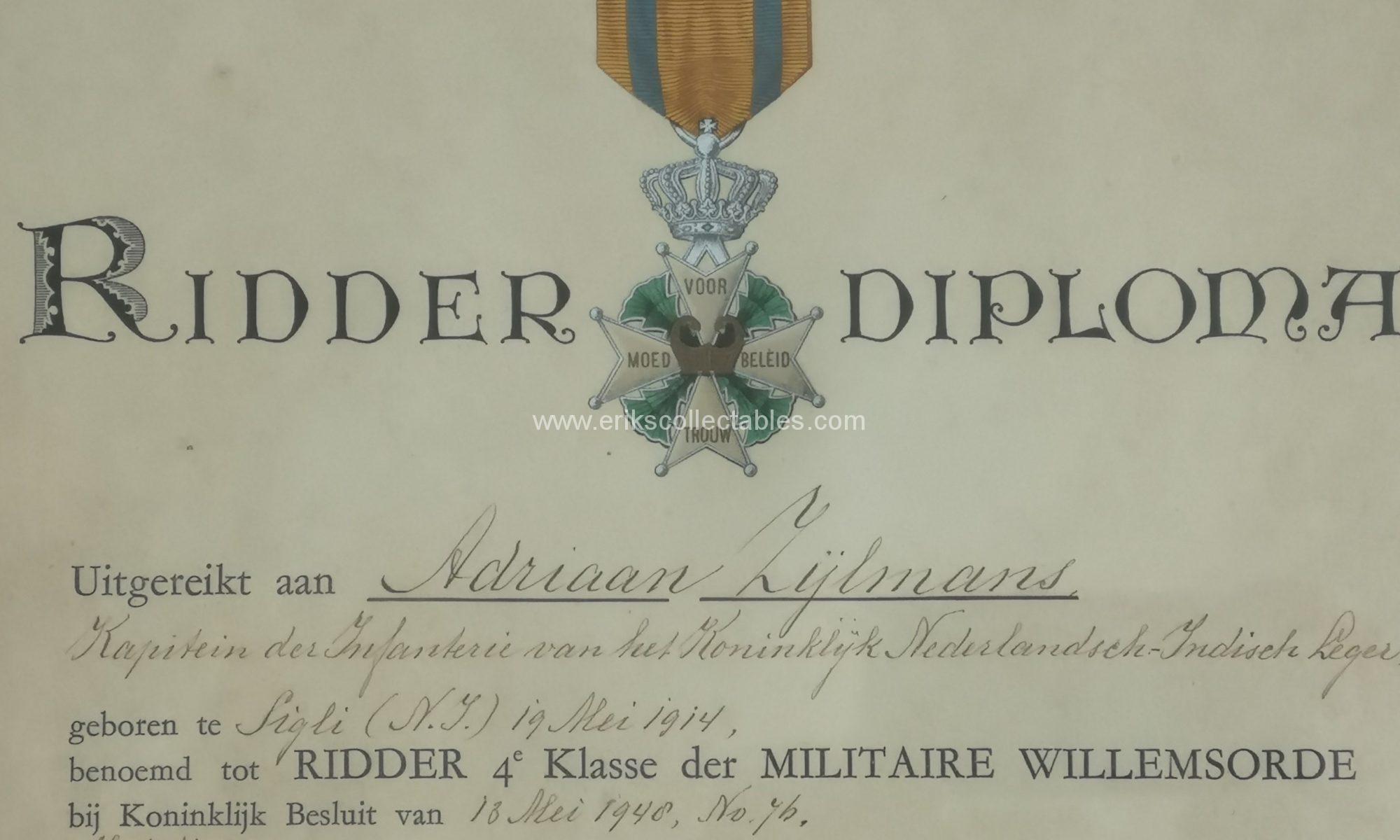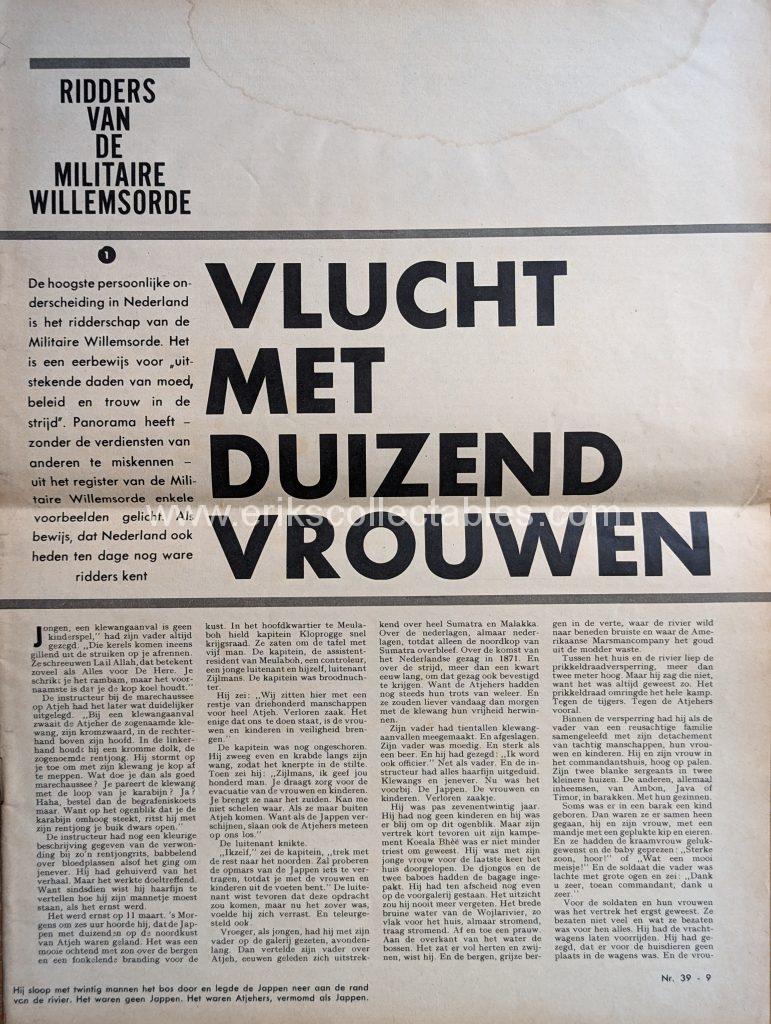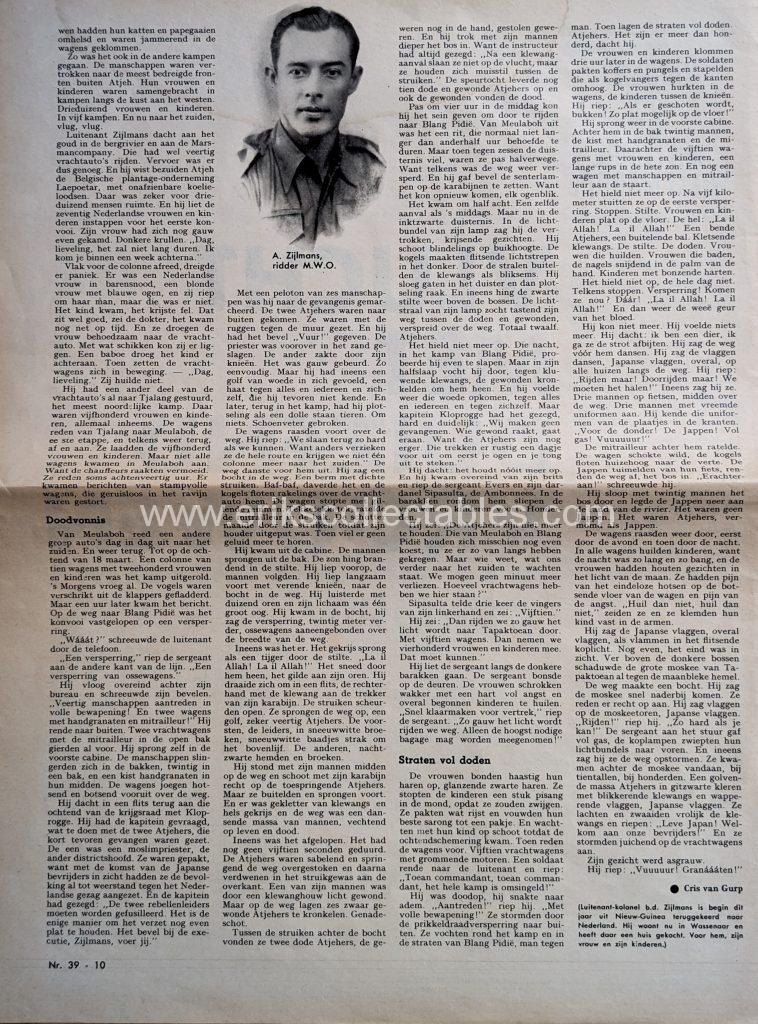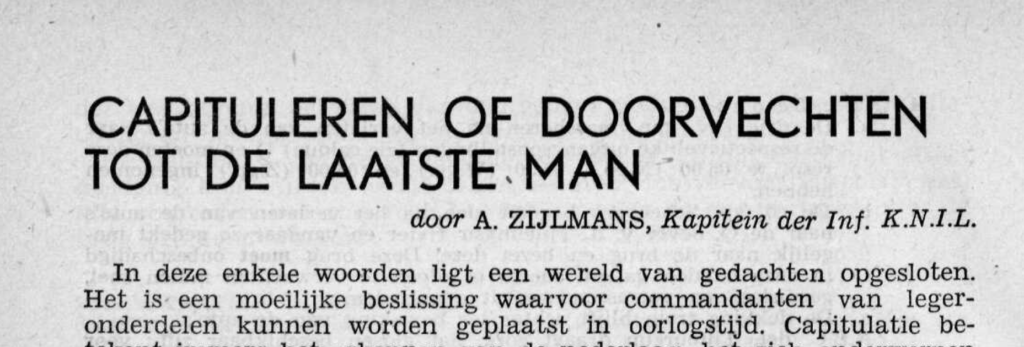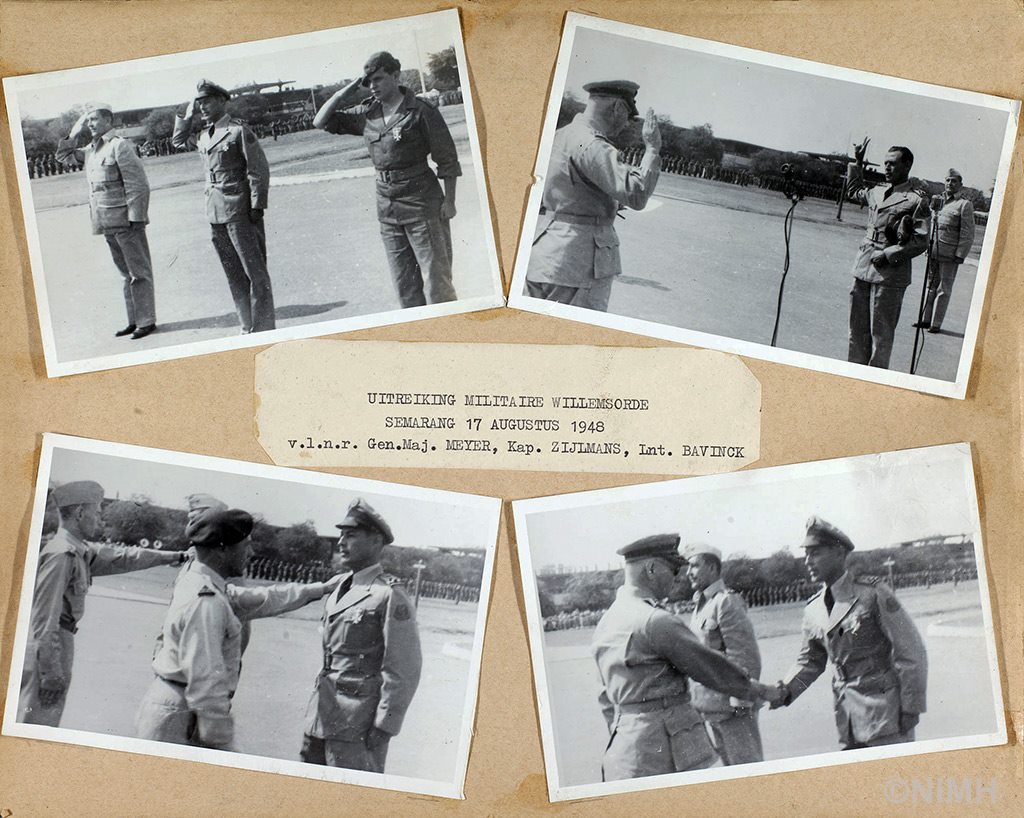During the Dutch colonial period of Indonesia, or the Dutch East Indies as they were called then, there were several wars, interventions and military campaigns by the colonial army (KNIL). Mostly to keep local uprisings against the Dutch rule under control or to bring new areas under Dutch Government.
Colonial Campaign Medals
From a military perspective the medals are the tell tale of the history of the colonial wars. In three occasions a specific medal was struck for the participants of the colonial army. The first one was the Java medal of 1830, the second the Atjeh medal of 1874 and the last the Lombok medal of 1894. For all other campaigns or “excursions” the Dutch campaign medal (Ereteken voor Belangrijke Krijgsbedrijven) was instituted in 1869, adding a clasp with the relevant location and period. A total of 33 clasps would be issued, with the first being retrospective and going back to 1846 and the last one was added in 1942.
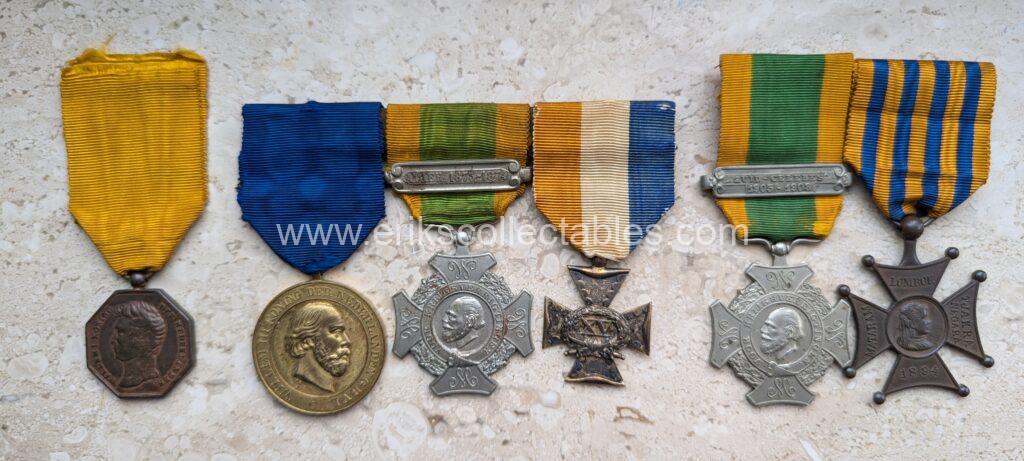
Java medal, officer group with Atjeh medal and campaign medal, group with campaign and Lombok medal
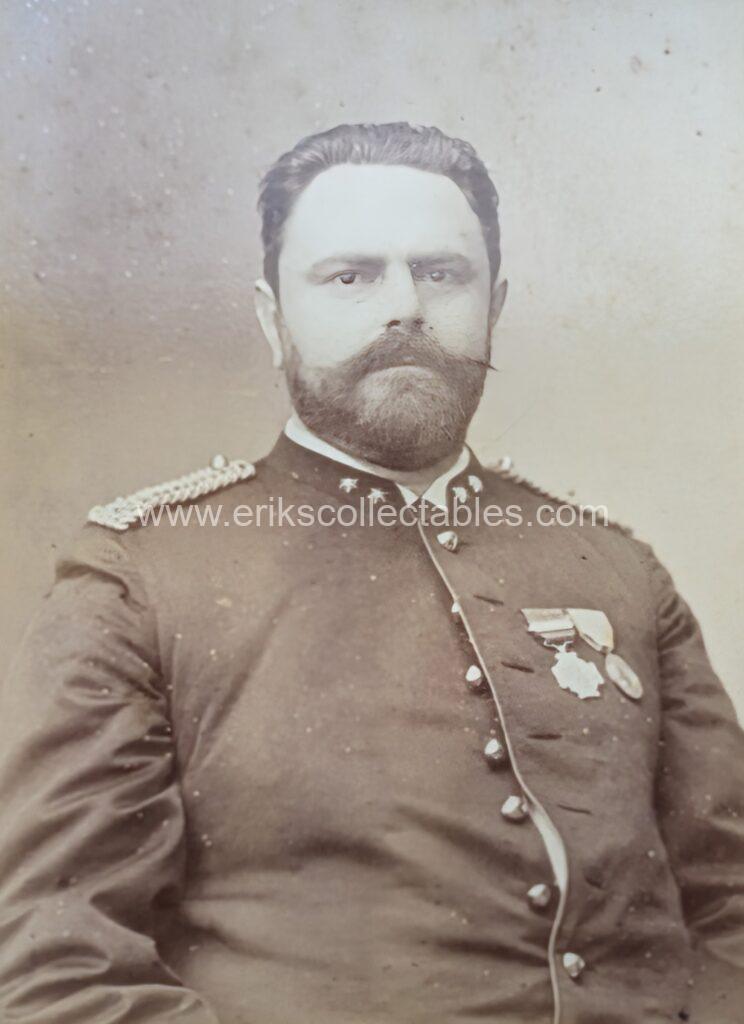
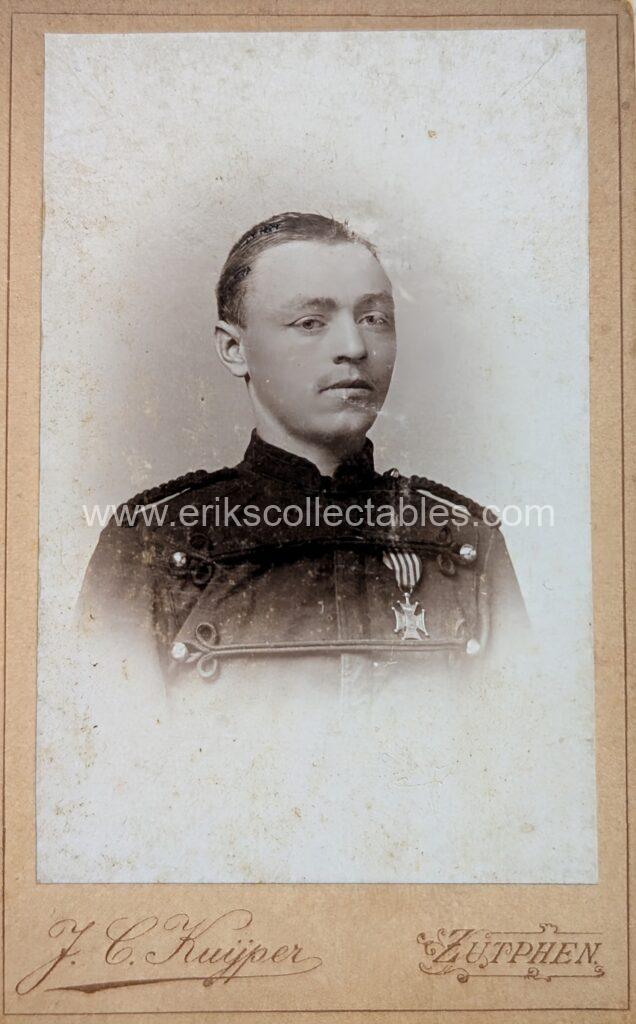
Officer with the campaign medal with one clasp and the Atjeh medal, soldier with the Lombok medal
Gallantry medal(s)
For gallantry there was only one order existed, the Military Order of William, instituted in 1815. Although 4 classes existed the higher grades are quite rare (389 of the third class and the second and first class are even rarer). Thus the fourth grade, with a total number of of 5681 awards between 1815 and today, was more or less the only gallantry medal in use until the second world war when the gallantry system underwent a major change. Next to the order there was also the mention in despatches (Eervolle Vermelding) which was neither a medal or order and had to physical form. This would only change in 1877 when a visible token was instituted, a crown to be worn on the campaign medal. Until the Eervolle Vermelding became obsolete in 1944 a total of 4598 would be awarded.
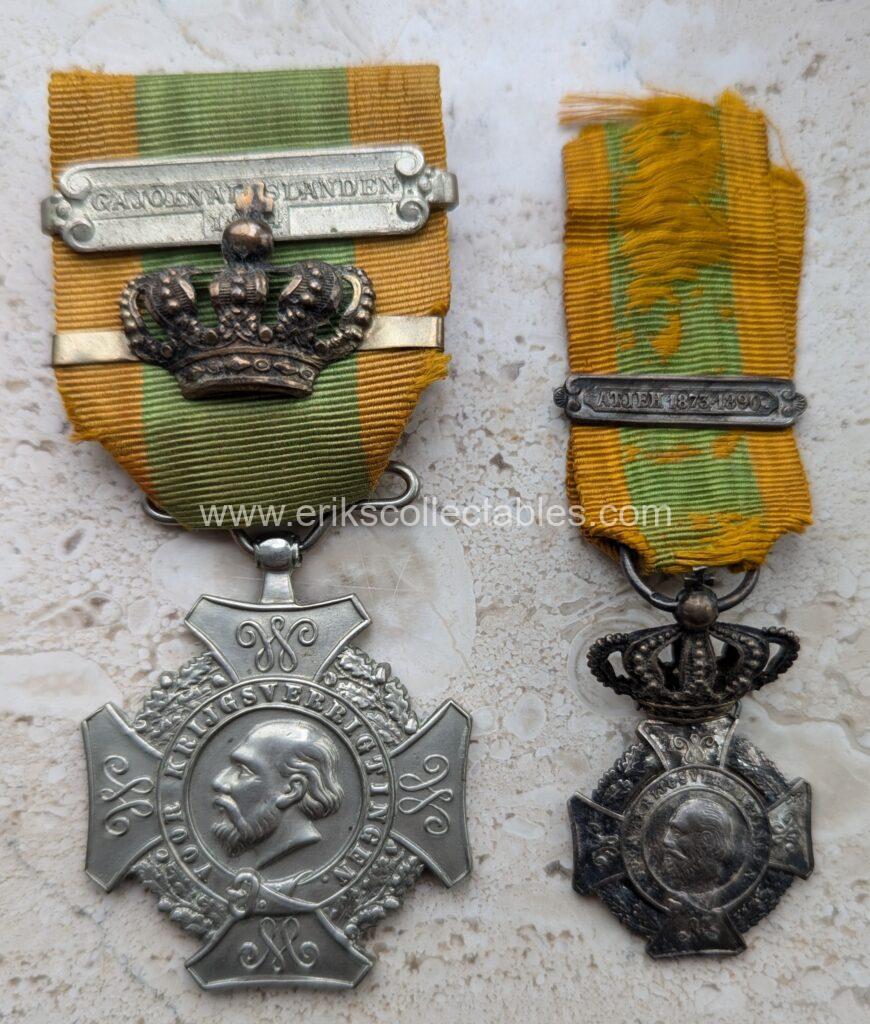
Full size campaign medal with a private purchase (luxury version) of the crown and a mid size version with an unofficial integrated crown, also private purchase.
Lombok 1894
Now back to Lombok in 1894. Lombok was a relatively small and unimportant island between Java and Bali which, at that moment was ruled by a court of Balinese descent. The local population of Sasaks had been opressed by the rulers from Bali for a longer time resulting in rebellions and even a local war from 1891 up to 1894. A request for intervention to the Dutch colinial governement was acted upon in 1894. The decission for action was probably more guided by commercial than humanitarian interests but action nontheless. A colonial army landed on Lombok and started negotiating with the royal family. The negotiations seemed to be succesful but got stalled and the Dutch colonial army was unexpetedly attacked. This was poplularly named “the treason of Lombok” by the Dutch. Reason enough for the colonial army to regroup and raise a greater number of men and take over the island without negotiating but with bloodshed.
From the Dutch colonial perspective this campaign was important enough to warrant a specific medal and not only a clasp for the campaign medal. What probably also helped in that decission was that the campaign also brought a large amount of looted gold and silver in Dutch hands and therefore a big success, despite the initial failure.
The Lombok medal was made of a bronze alloy consisting for fifty percent of material from captured canons. A total of 8800 were made. For gallantry a total of 107 Military Orders of William of the 4th class would be awarded for the campaign of which one example is the reason for this blog.
Gallantry grouping
From a research perspective Dutch medals are difficult as they are not named in any way. So just the orders and medals of which a group consists are the only way to research a background if there is no clear provenance. In many cases an original group as worn can still not be attributed to a single persons as often, even with the gallantry medals, several options remain open as is the case here.
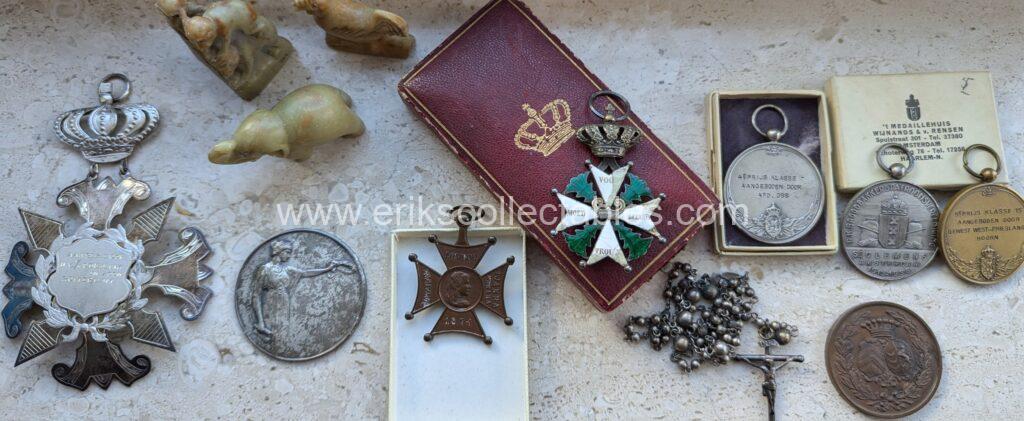
This grouping was sold at a small auction house, not disclosing info regarding the seller and not open to forward a message either. Although there are additional items there is no name attached to any of these (yet at least). There is a lot of circumstantial info in the group though. Roman Catholic background, the person or more likely a son (due to the dates on the medals) was a prize winning baker. So a person that returned to the Netherlands, was married and probably had a son. It is impossible to tell if there are medals missing from the group. This could be the entire group which would narrow down the options considerably but that is not certain. It is possible to reduce the total amount to approximately a dozen or so but beyond that further research has not yet shed any light on the original awardee. I hope more research will bring forward a fitting attribution!
As is often with colonial groups the history of the actual event for which the gallantry medal was awarded is lost for now but it remains an excellent and relatively rare gallantry group for the Lombok war nevertheless!
The Military Order of William is well worn and has period repairs that add to the overall charm.
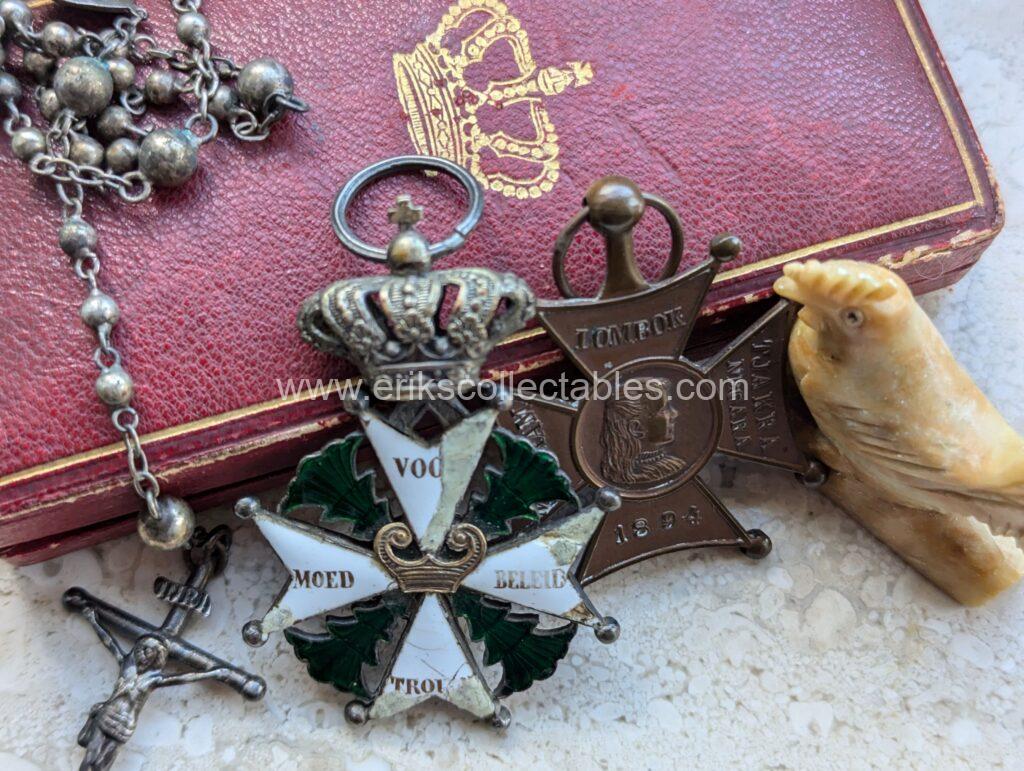
If a reader has additional info about this group please let me know!
Source: De Lombok-expeditie van 1894 van MWO tot Herinneringspenning -J.R. Neut 2010
